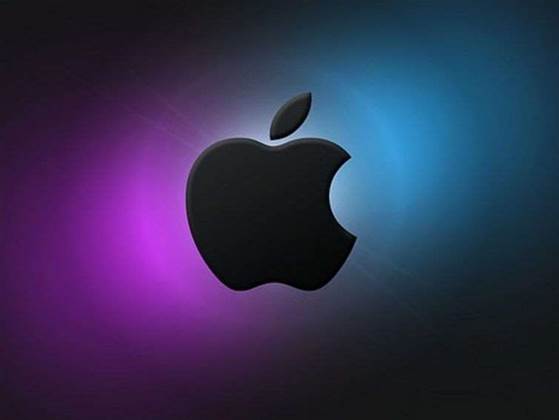Apple's efforts to brush off criticism over location-tracking technology found it iOS4 devices suffered a blow yesterday when users uncovered a patent application the company filed for such a technology in 2009.

The iPhone manufacturer came under fire following the public disclosure that handsets were collecting data from GPS and Wi-Fi signals – a data set that formed a record of the user's whereabouts on the handset and on synchronised computers.
Other handsets perform similar tasks, but Apple yesterday denied tracking users and claimed that only a bug in the system was causing the phone to store location data on handsets for up to a year. Even data detailing which cells and Wi-Fi hotspots were in range need only be kept for a week, the company said.
This appears to contradict a patent application for “Location Histories for Location Aware Devices” that Apple filed with the US Patent and Trademark office in September 2009.
“A location-aware mobile device can include a baseband processor for communicating with one or more communication networks, such as a cellular network or Wi-Fi network,” Apple said in its patent application. “In some implementations, the baseband processor can collect network information (e.g., transmitter IDs) over time.”
“Upon request, the network information can be translated to estimated position coordinates of the location-aware device for display on a map view or for other purposes,” the patent claimed.
“A user or application can query the location history database with a timestamp or other query to retrieve all or part of the location history for display in a map view. The location history can be used to construct a travel timeline for the location-aware device.”
The Apple patent also made it clear that it planned to create a searchable history of users' whereabouts.
"The other information and location history can be part of a personal 'journal' for the user, which can be queried at a later time," the patent states.
Third-party access
Apple also planned, according to the patent, to allow third parties to see this data trail in a bid to build services around the system.
“The travel timeline can be used by location-aware applications running on the location-aware device or on a network,” Apple said at the time. “In some implementations, an Application Programming Interface (API) can be used by an application to query the location history database.”

.png&h=140&w=231&c=1&s=0)








 iTnews Executive Retreat - Security Leaders Edition
iTnews Executive Retreat - Security Leaders Edition











_(1).jpg&h=140&w=231&c=1&s=0)



